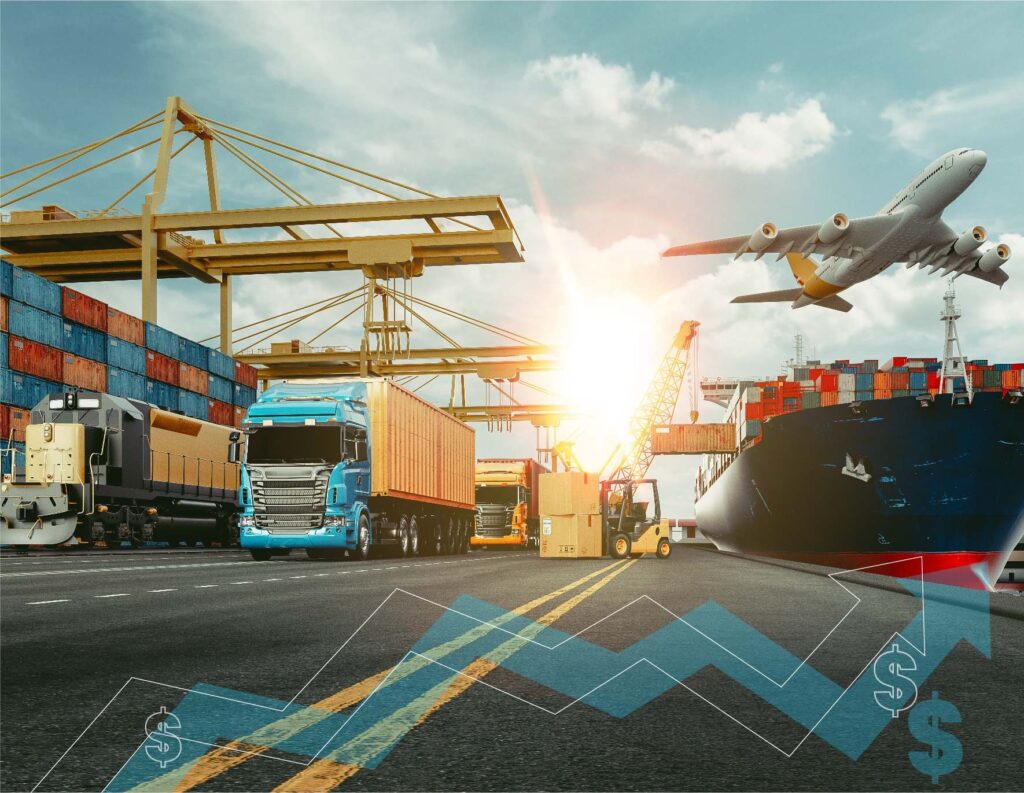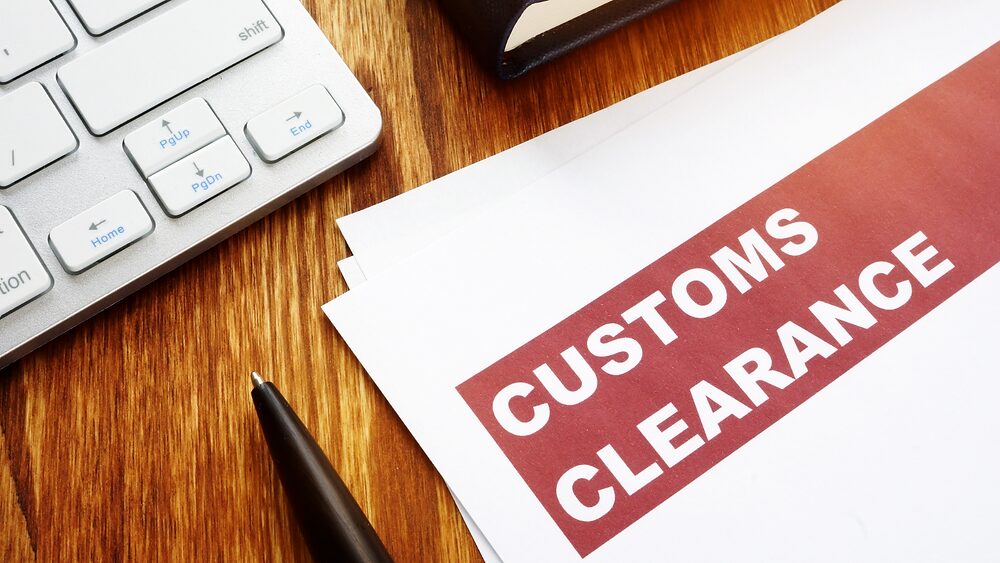When it comes to international shipping, moving goods from China to Italy presents a unique set of challenges. From navigating customs regulations to managing shipping costs, there are several factors to consider for a successful shipment. In this comprehensive guide, we’ll delve into the intricacies of shipping from China to Italy and provide valuable insights on choosing the right shipping method, dealing with customs, managing costs, packaging tips, tracking shipments, handling delays, and collaborating with freight forwarders and logistics providers.
Choosing the Right Shipping Method

Selecting the appropriate shipping method is crucial for ensuring your goods reach their destination in a timely and cost-effective manner.
Air Freight vs. Sea Freight: Which is Best?
Deciding between air freight and sea freight depends on various factors such as the urgency of delivery, the nature of the goods, and budget constraints.
Air Freight
- Speed: Air freight is significantly faster than sea freight, making it ideal for time-sensitive shipments.
- Cost: While air freight is more expensive than sea freight, it can be cost-effective for small or high-value shipments.
- Customs Clearance: Air freight often involves smoother customs clearance processes compared to sea freight.
Sea Freight
- Cost-Effectiveness: Sea freight is generally more economical for large volume shipments.
- Reliability: While slower than air freight, sea freight is reliable and suitable for non-urgent cargo.
- Environmental Impact: Sea freight has a lower carbon footprint compared to air freight, making it a more sustainable option.
Navigating Customs and Import Regulations

Customs clearance is a crucial aspect of international shipping, and understanding import regulations is essential to prevent delays or issues with your shipment.
Understanding Italian Import Regulations
Italy has specific regulations governing the import of goods, including documentation requirements, tariff rates, and restricted items. Familiarize yourself with these regulations to ensure compliance and smooth customs clearance.
Proper Documentation
Accurate and complete documentation is essential for customs clearance. Ensure you have all the necessary paperwork, including commercial invoices, packing lists, and certificates of origin, to expedite the clearance process.
Tariffs and Duties
Be aware of the tariffs and duties applicable to your goods when importing into Italy. Understanding these costs beforehand allows you to factor them into your budget and pricing strategy.
Managing Shipping Costs and Fees

Shipping costs can significantly impact your bottom line, so it’s essential to explore ways to manage and optimize these expenses.
Negotiating Rates
Negotiating with shipping carriers or freight forwarders can help you secure competitive rates, especially for large or regular shipments.
Consolidation and Optimization
Consolidating shipments or optimizing packaging can reduce shipping costs by maximizing space utilization and minimizing dimensional weight charges.
Utilizing Incoterms
Choosing the appropriate Incoterms (International Commercial Terms) can also impact shipping costs. Selecting terms that specify the responsibility for transportation and insurance can help clarify cost allocation between the buyer and seller.
Tips for Packaging and Labeling

Proper packaging and labeling are critical for protecting your goods during transit and ensuring smooth customs clearance.
Secure Packaging
Use sturdy and durable packaging materials to protect your goods from damage during handling and transportation. Consider factors such as fragility, weight, and stacking capabilities when selecting packaging materials.
Accurate Labeling
Ensure your packages are accurately labeled with essential information such as recipient address, shipping marks, and handling instructions. Clear and legible labeling helps prevent misdelivery and expedites the delivery process.
Compliance with Regulations
Adhere to packaging and labeling regulations to avoid issues with customs clearance. Ensure your packages comply with size, weight, and labeling requirements specified by both Chinese and Italian authorities.
Tracking and Monitoring Your Shipment

Tracking your shipment provides visibility and peace of mind throughout the transportation process, allowing you to stay informed about its status and location.
Real-Time Tracking
Choose shipping providers or carriers that offer real-time tracking capabilities, allowing you to monitor your shipment’s progress from origin to destination.
Communication Channels
Maintain open communication channels with your shipping provider or freight forwarder to receive updates and address any issues or concerns promptly.
Contingency Planning
Develop contingency plans to mitigate potential risks such as delays or disruptions in transit. Having alternative routes or solutions in place can help minimize the impact on your supply chain.
Dealing with Shipping Delays and Issues

Despite careful planning, shipping delays and issues can still occur. Knowing how to respond effectively is crucial for minimizing disruptions and maintaining customer satisfaction.
Identifying the Cause
Promptly identify the cause of the delay or issue, whether it’s due to weather conditions, transportation problems, or customs clearance issues.
Communication and Transparency
Keep all stakeholders informed about the situation and provide regular updates on the status of the shipment. Transparency builds trust and demonstrates your commitment to resolving the issue promptly.
Problem-Solving
Collaborate with your shipping provider or freight forwarder to address the issue and explore alternative solutions. Prompt action and proactive problem-solving can help expedite the resolution process.
Working with Freight Forwarders and Logistics Providers

Partnering with experienced freight forwarders and logistics providers can streamline the shipping process and optimize supply chain efficiency.
Expertise and Resources
Freight forwarders possess specialized knowledge and resources to navigate complex international logistics, including customs regulations, documentation requirements, and transportation networks.
Customized Solutions
Choose a freight forwarder that offers customized solutions tailored to your specific shipping needs and requirements. Whether it’s door-to-door service, warehousing, or supply chain optimization, seek a provider that can meet your business objectives.
Relationship Building
Cultivate strong relationships with your freight forwarder and logistics partners to foster collaboration and mutual success. Clear communication, trust, and accountability are the foundations of a productive partnership.
Conclusion
Shipping from China to Italy presents numerous challenges, from navigating customs regulations to managing shipping costs and dealing with potential delays. However, with careful planning, proactive communication, and strategic partnerships, businesses can overcome these challenges and ensure successful international shipments. By understanding the intricacies of the shipping process and leveraging best practices, businesses can optimize their supply chain and deliver value to customers in Italy and beyond.
Frequently Asked Questions (FAQs)
- What are the common causes of shipping delays from China to Italy?Shipping delays can occur due to various factors, including adverse weather conditions, transportation disruptions, customs clearance issues, and logistical challenges. It’s essential to anticipate potential risks and have contingency plans in place to mitigate their impact.
- How can I reduce shipping costs when sending goods from China to Italy?To minimize shipping costs, consider negotiating rates with shipping carriers or freight forwarders, consolidating shipments to maximize efficiency, and optimizing packaging to reduce dimensional weight charges. Additionally, selecting the appropriate Incoterms can clarify cost allocation between the buyer and seller.
- What role do freight forwarders play in international shipping from China to Italy?Freight forwarders serve as intermediaries between shippers and carriers, coordinating various aspects of the shipping process, including documentation, customs clearance, transportation, and logistics. They leverage their expertise and resources to streamline the shipping process and optimize supply chain efficiency.





